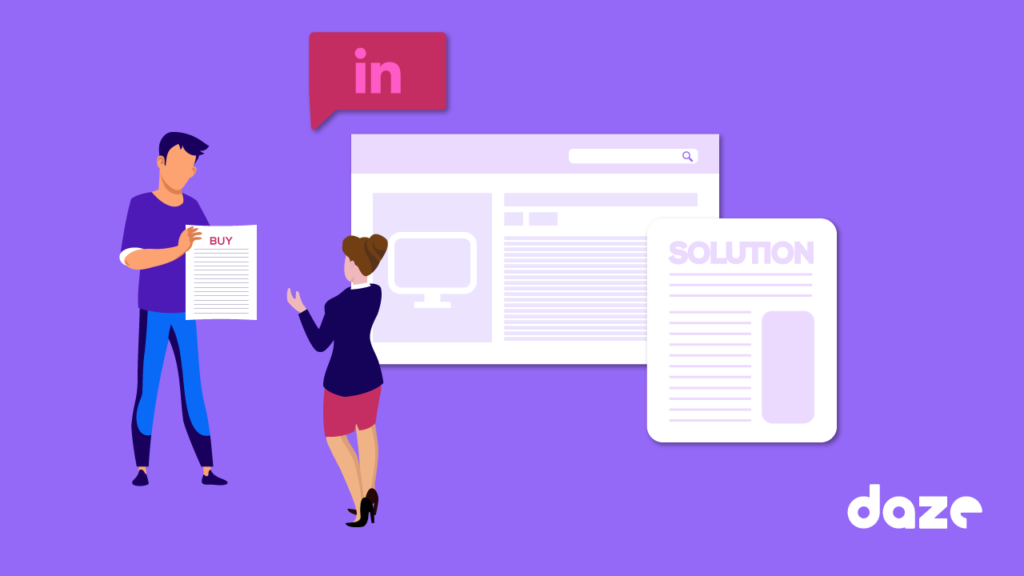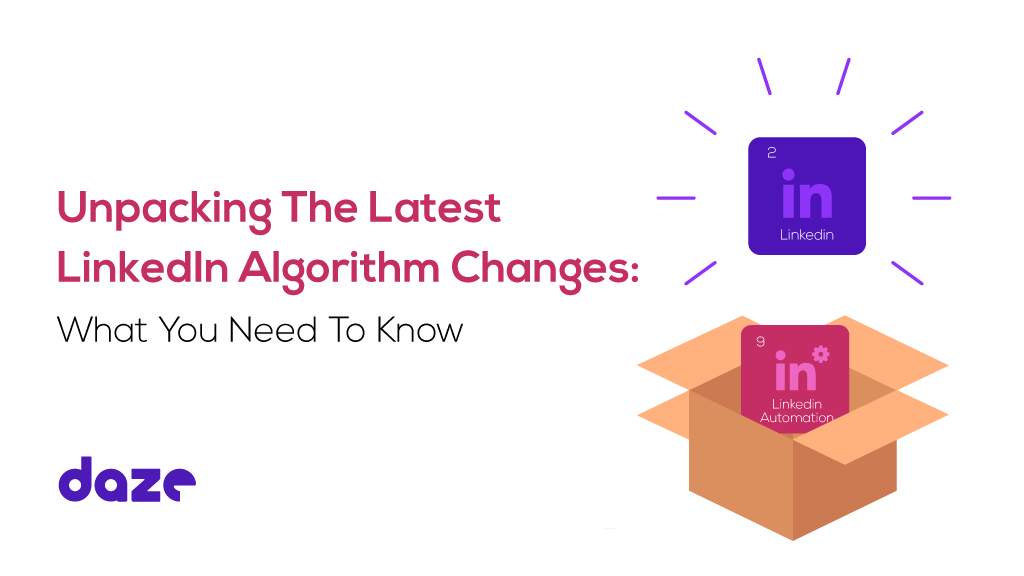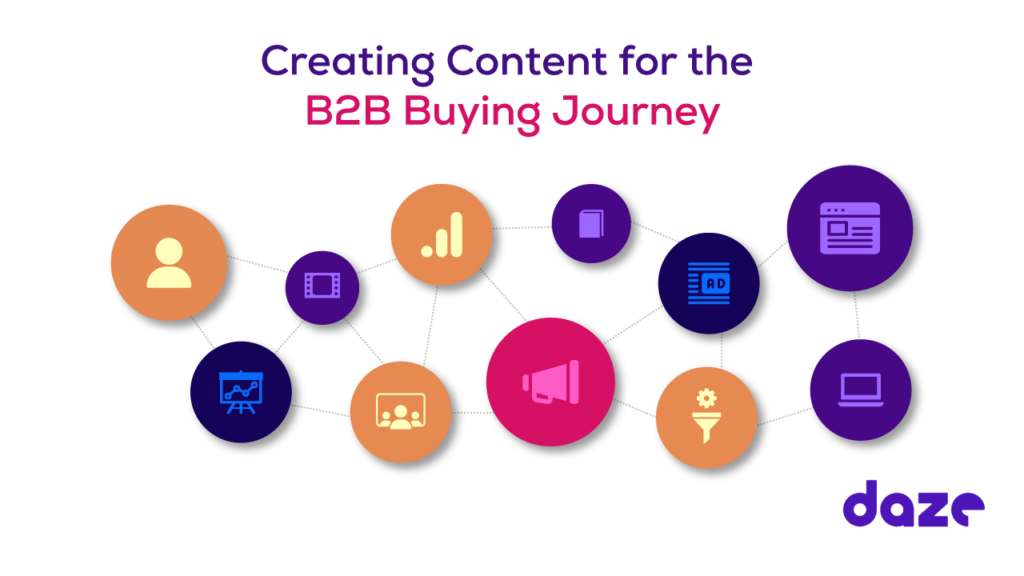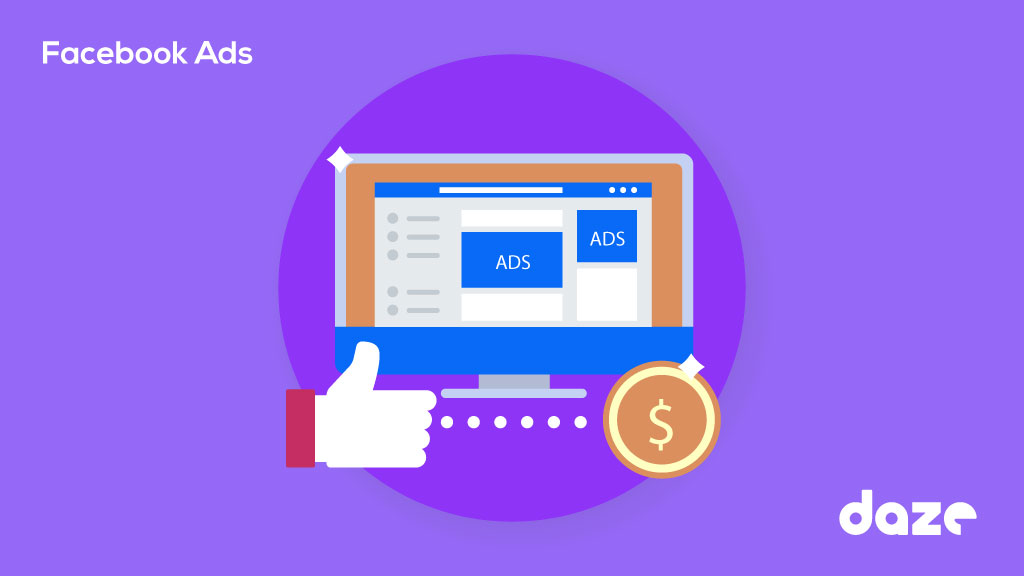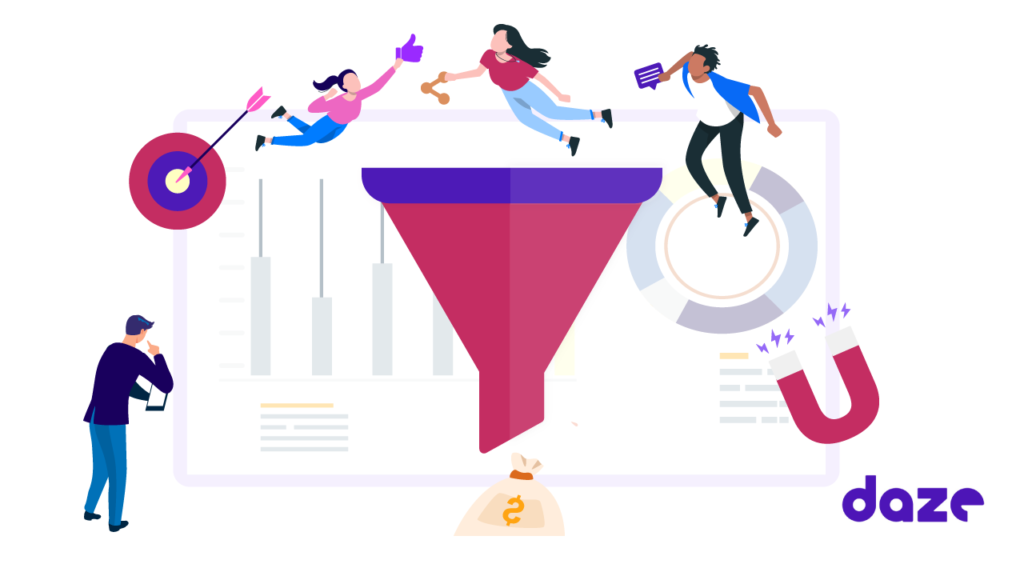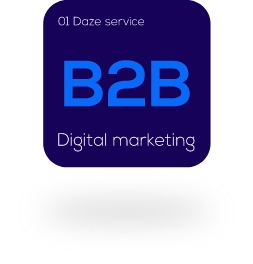Acquiring a lead takes a lot of work. First, you must invest considerable time and resources into creating and launching a demand generation campaign. Then, once you’ve captured a prospect’s attention, you need digital assets that draw them in for more. Then, slowly and carefully, you move that lead through the buying journey, ultimately converting your lead into a customer. Unfortunately, turning a lead cold doesn’t take as much energy. It can happen almost overnight. And once lost, it may be impossible to get that lead back.
This article will examine eight of the fastest ways to lose leads and how to make sure it doesn’t happen.
#1. No Discovery About The Company’s Needs
One of the fastest ways to turn your lead cold is not understanding what the company needs. Far too often, marketers focus on their product or service, failing to notice what the lead is looking for and what problems they need to solve.
The research you do in advance of your outreach campaign is more general–identifying your target customers, and what types of messaging and content resonate. With a lead, you have to get specific.
- What is this company?
- Who are their competitors? Constituents?
- Where do they rank in the marketplace?
- What are their challenges?
Demonstrate that you’ve done your homework–that you know something about the company’s industry, challenges, and goals. Your lead will feel that you want to build a long-term relationship and not just make a quick sale.
#2. Your Sales Funnel Is Leaking
Lead generation is costly, but your company’s revenue takes a bigger hit from those leads that fall out of your leaky marketing funnel. The reality is that larger buyer groups and longer sales cycles present challenges, including a more complex buyer funnel that can quickly sprout leaks. Your first step in fixing a leaky sales funnel is to find the leak.
Here are some things to look for:
Unclear value proposition–you don’t explain why a lead should buy from you rather than a competitor. You’re not differentiating yourself from your competitors. Your communications don’t demonstrate that you understand your customer’s pain points.
There’s no lead nurturing process in place. Everyone is free to manage a prospect on their own, with no coordination between marketing and sales.
Your marketing material is inconsistent. For example, your ad copy describes your product or service differently from your website copy or social media posts.
Poor UX. Your website pages load too slowly, are not optimized for mobile, the information is unclear and CTAs are weak.
Lead follow-up is poorly organized or untimely. Surveys show that 80% of potential leads are lost due solely to poor follow-up.
#3. You Move To The Hard Sell Too Soon
Nurturing your lead into a customer requires trust in you, your company, and what you offer. It’s a delicate process that requires patience. Depending on your product or service, it could take at least four months before you have a sale.
Early in the relationship, you want to focus on giving—on investing in what you hope will be a fruitful outcome.
- Keep the focus on your lead’s needs.
- Provide your lead with valuable content that addresses their questions, problems, and concerns.
- Offer resources that can help your lead achieve their business growth goals.
#4. No Segmentation/Personalization
When a lead provides contact information, it signals that they are ready to engage in a conversation. At this point, you need to shift from a demand generation mindset to one that is segmented and personalized.
- The buying team identified a problem, which precipitated going online to look for solutions. First, get as much background information as possible to understand the problem that the company is experiencing.
- Use low-key, nonthreatening information-gathering tools such as questionnaires.
- Once you have all the information, you can segment the lead into the correct funnel and prepare the sales staff to provide them with information targeted to the needs you’ve identified.
#5. You’re Delivering The Wrong Content Or Using The Wrong Channels
Where are your leads spending most of their time? LinkedIn outreach may have been the first step in developing the relationship. But, ultimately you’ll move to email communication. Is your email follow-up effective? Are your emails nurturing your lead through the funnel?
What other channels are your leads using to gather information and find solutions for their problems?
What type of content seems to resonate more with your leads?
- Do they prefer video content over white papers?
- Do you get their attention more readily through targeted social media campaigns?
If you’re spending too much time in the wrong places and publishing content that doesn’t resonate with your lead, you’ll lose their interest and they’ll move on to other suppliers.
#6. Your Follow-up Content Is Substandard
Substandard follow-up content is a clear signal that you’re not ready to invest the time in nurturing your lead. It also demonstrates that you’re not professional. Your follow-up content should be in-depth, precise, correct, engaging, and free of errors. Different topics appeal to your lead depending on where they are in the buying journey. Therefore, your follow-up content shouldn’t be generic. Generic content demonstrates that you haven’t done your homework and are not focused on the unique needs of your lead.
#7. You Respond Too Slowly or Not At All To Comments Left On Social Media And Review Sites
Word-of-mouth marketing still rules the business world today. The difference is that those conversations about you take place on the internet. Within less than a few minutes, a negative comment about you or your company can spread around the world.
B2B decision-makers move through virtually all buyer journey stages online in our hyper-digitized world. In addition, as current research proves, B2B buyers have become comfortable purchasing products or services online. As a result, the entire communication thread with you can be entirely digital.
These transitions in the buying process mean that you must have your eyes on your social media and review platforms and your website. A slow response to questions, clarifications, or complaints can result in your lead going to a competitor. According to an Impact Plus study, marketers who follow up within 5 minutes of receiving an online communication are 9x more likely to convert that lead into a customer.
#8. Taking Too Long To Answer Questions
Unless you’re the only vendor of a certain product or service, you can be certain that your leads are exploring other companies. According to research, 30-50% of sales are earned by the vendor that responds first. You can quickly kill a lead simply by taking too long to return a phone call, email, or direct message. Try to answer your lead’s questions as soon as you see them, within a few hours if possible, but no more than 24 hours later.
Conclusion
You can kill a lead in a fraction of the time it took you to acquire it. Not only do you lose out on the revenue a sale could bring, but you also cause a deficit in the budget from wasted time and campaign expenses. It’s worth the effort to do an audit to identify and repair any deficits in your lead nurturing strategy.



